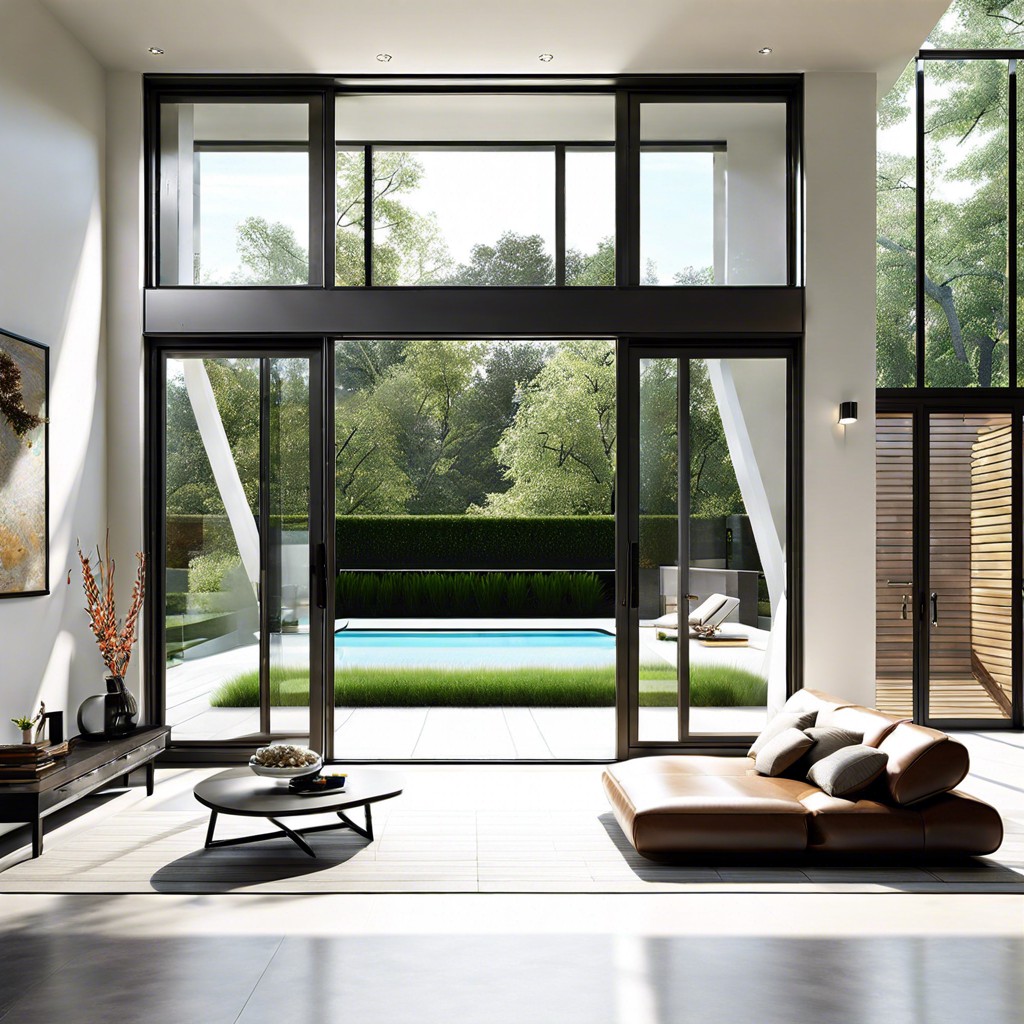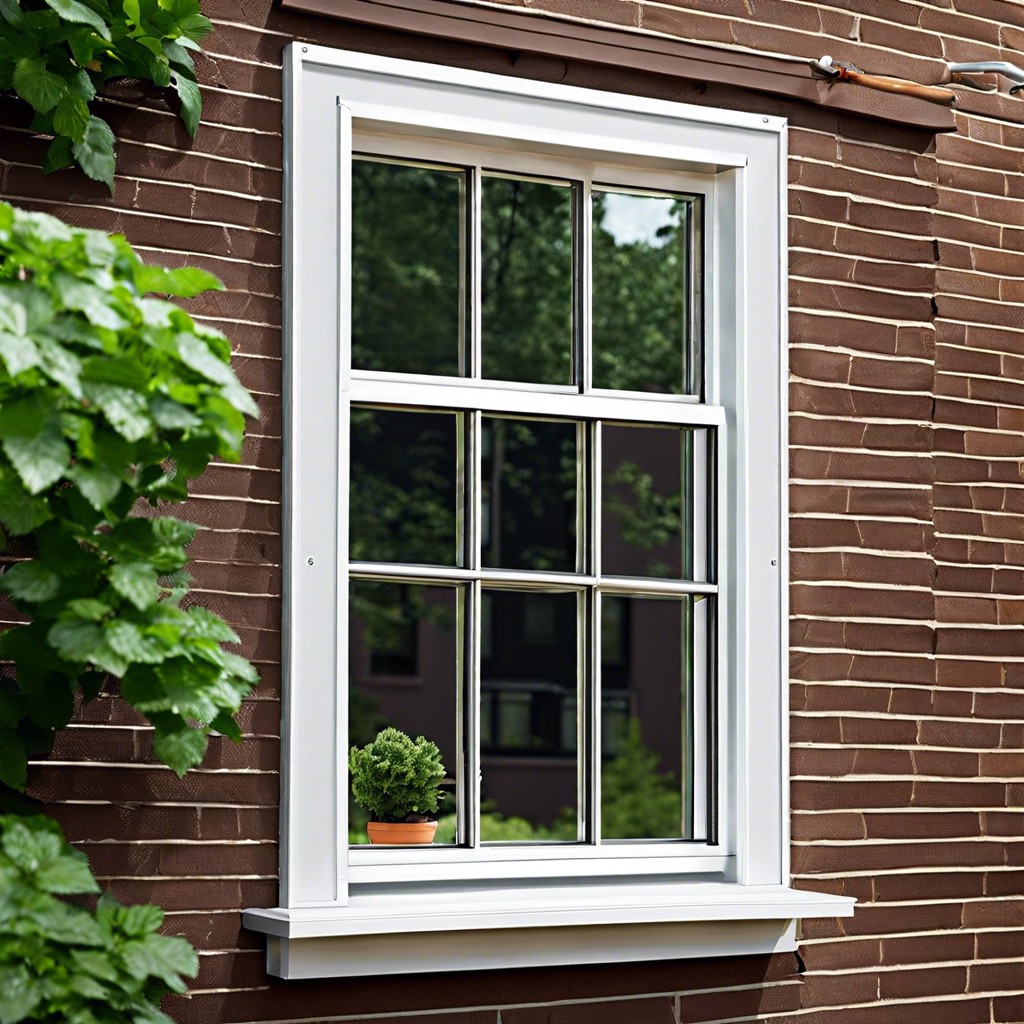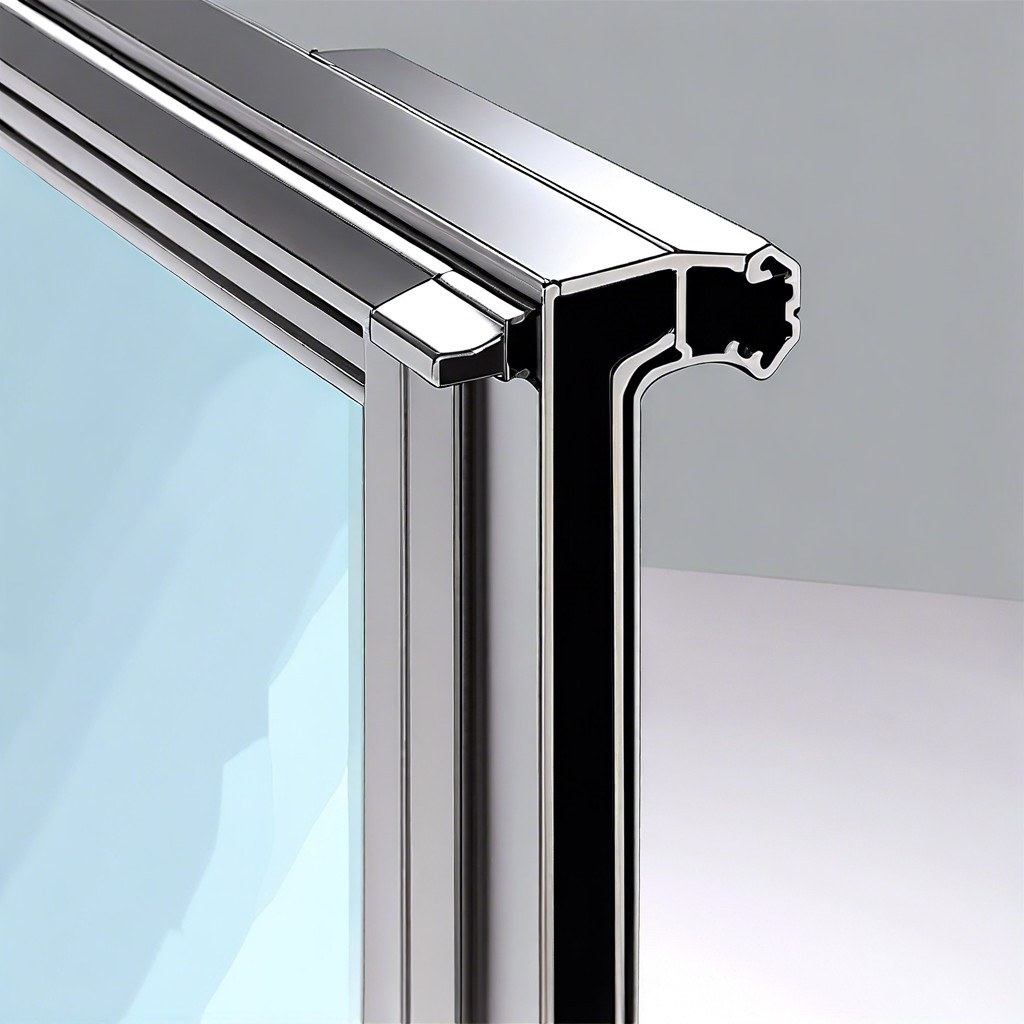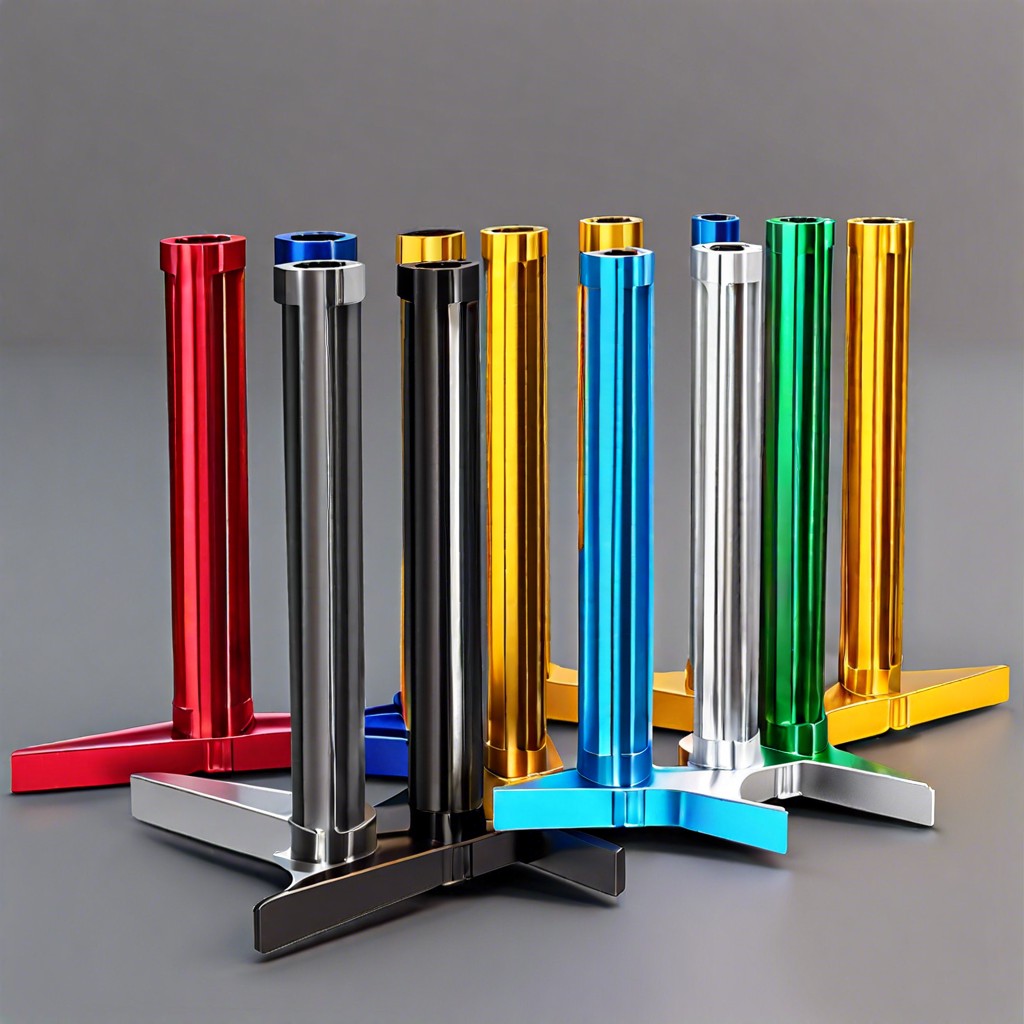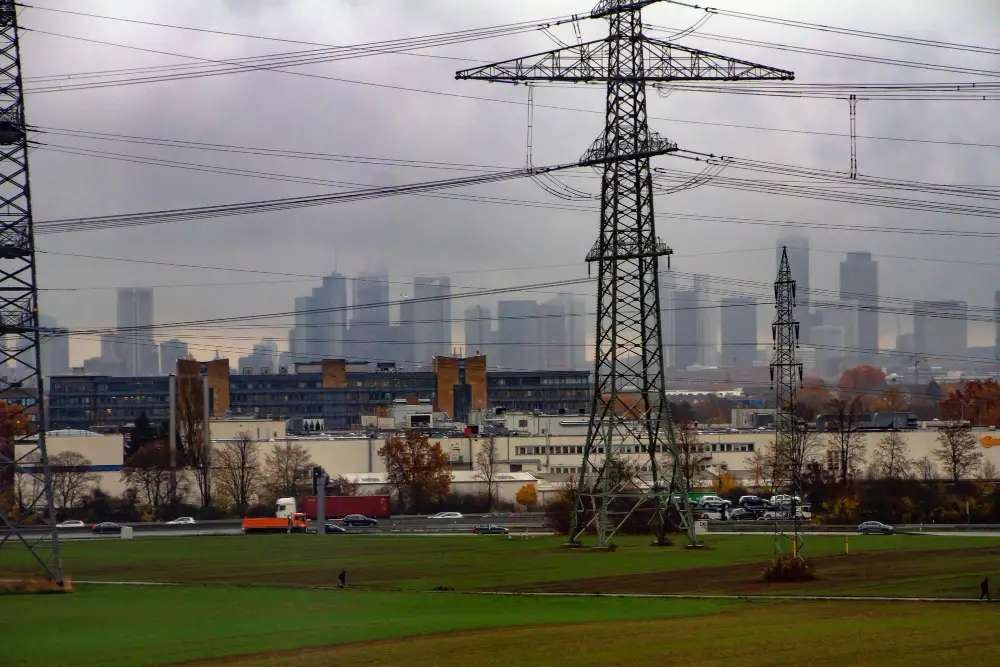Maximize your home’s energy efficiency with the right window material. Learn how to choose the best one for your needs in this comprehensive guide!
As a child, I remember sitting by the window on a cold winter day, watching the snowfall. I loved how the snowflakes would dance and twirl in the air before landing softly on the ground.
However, as an adult and homeowner, my perspective has shifted. Now when I sit by that same window during winter months, all I can think about is how much heat is escaping through it.
That’s why as a blogger who writes about house windows, I want to share my knowledge of energy-efficient window materials with you. Choosing the right type of window material for your home can make a significant difference in your energy bills and overall comfort level.
In this blog post, we’ll explore some of the best energy-efficient window materials available in today’s market and help you determine which one is best suited for your home. So grab a cup of hot cocoa and let’s dive into this topic together!
Types of Energy-Efficient Windows

When it comes to energy-efficient windows, there are several types of materials to choose from. Each material has its own unique benefits and drawbacks, so it’s important to consider your specific needs before making a decision.
For example, if you’re looking for a low-maintenance option that is also durable and long-lasting, vinyl windows may be the best choice for you. On the other hand, if you want something that looks more traditional or classic in style while still being energy-efficient, wood frames might be more suitable.
As someone who loves watching snowfall through their window but hates feeling cold drafts during winter months (and paying high heating bills), I opted for fiberglass frames when replacing my old windows. Fiberglass is known for its excellent insulation properties and durability against harsh weather conditions – perfect for those snowy days!
Ultimately though, no matter which type of energy-efficient window material you choose – whether it’s vinyl or wood or fiberglass – make sure they have been certified by ENERGY STAR® program standards as this ensures they meet strict guidelines set by the U.S Environmental Protection Agency (EPA) regarding efficiency ratings.
By choosing an efficient window material that suits your home’s needs best will not only help reduce your carbon footprint but also save money on utility bills in the long run!
Benefits of Energy-Efficient Windows
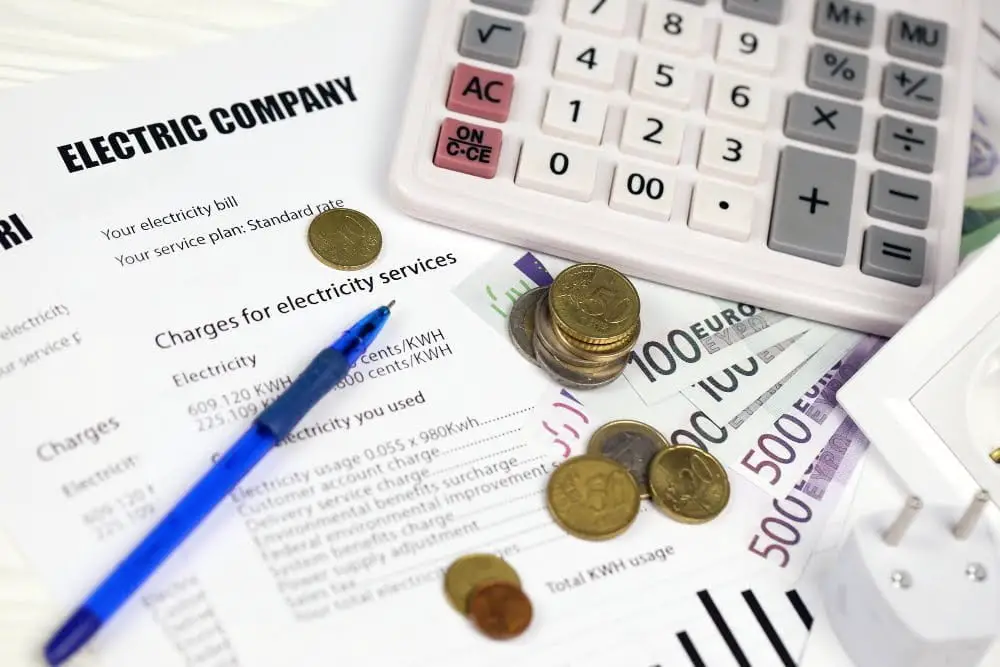
As I sat by my window, watching the snowfall and feeling the chill in my bones, I realized that something needed to change. That’s when I started researching energy-efficient windows and discovered their many benefits.
Firstly, energy-efficient windows can significantly reduce your heating bills during winter months. By preventing heat from escaping through your windows, you’ll be able to keep your home warm without having to crank up the thermostat.
Secondly, these types of windows also help keep your home cool during summer months by blocking out unwanted heat from outside. This means you won’t have to rely as heavily on air conditioning units or fans which can save you money on electricity bills.
Lastly but not least important is that energy-efficient window materials are environmentally friendly since they reduce carbon emissions associated with heating and cooling homes. Overall investing in Energy-Efficient Windows is a smart choice for homeowners who want comfort all year round while saving money on utility costs and reducing their environmental impact at the same time!
Low-E Glass Technology
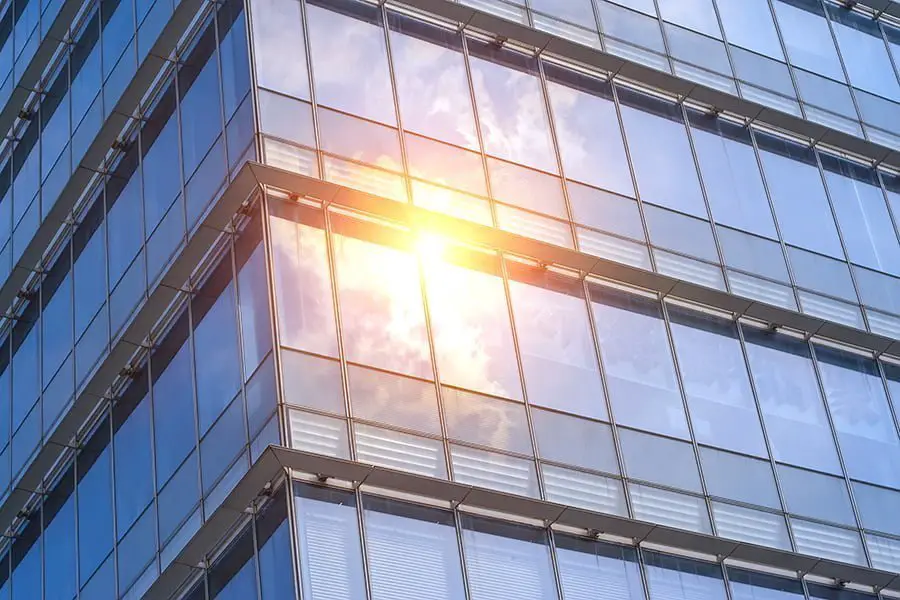
One of the most popular energy-efficient window materials on the market today is Low-E glass technology. This type of glass has a special coating that reflects heat back into your home during winter months and keeps it out during summer months, making it an excellent choice for homeowners looking to reduce their energy bills.
As I sat by my window watching the snowfall, I couldn’t help but think about how much heat was escaping through it. That’s when I started researching different types of energy-efficient windows and came across Low-E glass technology.
After learning more about its benefits, including reduced heating and cooling costs, improved comfort levels in my home year-round, and increased protection against UV rays that can damage furniture or flooring over time – I knew this was the right choice for me.
Low-E Glass Technology works by reflecting infrared light while allowing visible light to pass through just like regular windows do. The difference is that this specialized coating reduces radiant heat transfer from one side of your window to another which means less cold air coming in during winter months or hot air entering your house on those scorching summer days.
In addition to being an eco-friendly option with long-term savings potential due to lower utility bills over time; low-e coatings also provide added security features such as shatter resistance which makes them ideal if you live in areas prone hurricanes or other natural disasters where flying debris could be a concern.
Overall choosing Energy Efficient Window Materials like Low E-Glass Technology can make all difference not only saving money but also improving overall comfort level inside our homes!
Double Vs Triple Glazing
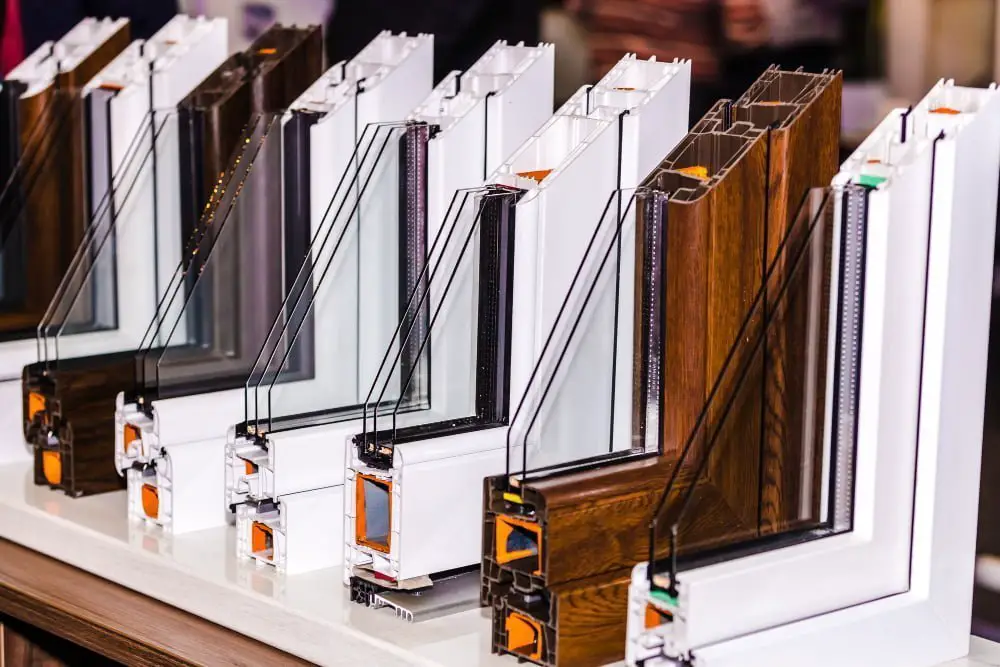
When it comes to energy-efficient window materials, double and triple glazing are two options that homeowners often consider. Double glazing consists of two panes of glass with a layer of air or gas in between them, while triple glazing has three panes with two layers of gas or air.
As I researched these options for my own home, I found that the choice between double and triple glazing depends on several factors such as climate conditions, budget constraints and personal preferences.
For instance, if you live in an area with harsh winters like me where temperatures can drop below freezing point frequently then investing in triple-glazed windows might be worth considering.
Triple glazed windows offer better insulation than their double-glazed counterparts due to the extra pane which helps trap more heat inside your home during winter months. However they tend to be more expensive than double glazed ones so it’s important to weigh up the cost against potential savings on energy bills over time.
Ultimately choosing between these types will depend on your specific needs but one thing is certain: both options provide significant benefits when compared to single-pane windows which allow much greater heat loss through conduction making them less efficient at keeping homes warm during colder months.
Frame Material Options
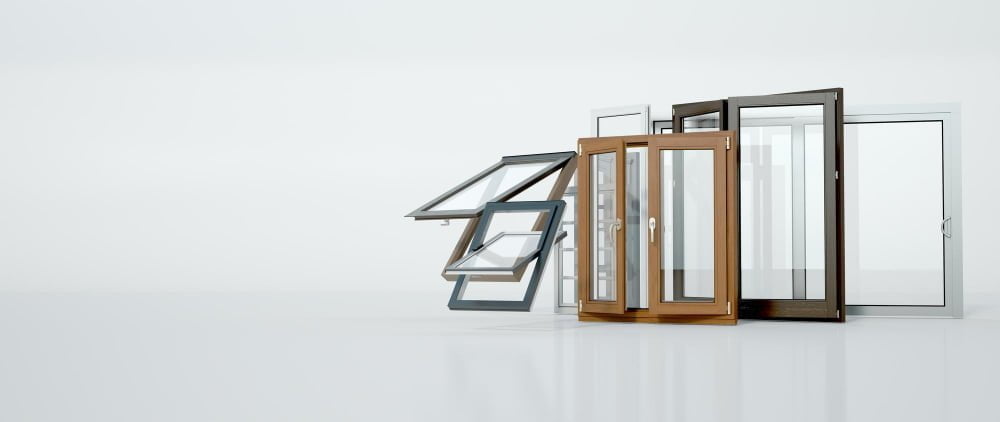
Now that we’ve established the importance of energy-efficient windows, let’s take a closer look at some frame material options. The frame is just as important as the glass when it comes to energy efficiency.
One popular option for window frames is vinyl. Vinyl frames are known for their durability and low maintenance requirements.
They also provide excellent insulation, which can help reduce your heating and cooling costs.
Another option to consider is fiberglass frames. Fiberglass has become increasingly popular in recent years due to its strength and resistance to warping or rotting over time.
It’s also an excellent insulator, making it a great choice for homeowners looking to improve their home’s overall energy efficiency.
Lastly, there are wood frames which offer natural beauty but require more maintenance than other materials like vinyl or fiberglass. When choosing a window frame material, consider factors such as cost-effectiveness and durability against weather elements in your area (such as high winds).
You also need to consider the ease of maintenance required by each type of material before making any decisions on what will work best with your home’s style while still providing maximum comfort year-round!
Window Installation Tips

Now that we’ve discussed the importance of energy-efficient window materials, let’s talk about proper installation. Even if you invest in the best window material on the market, it won’t perform as well as it should if not installed correctly.
First and foremost, make sure to hire a professional installer who has experience with your chosen window material. They will know how to properly seal and insulate around your windows to prevent air leaks.
Another important tip is to ensure that all gaps between the frame and wall are filled with insulation foam or caulking. This will help prevent drafts from entering your home through small cracks.
Lastly, consider adding weatherstripping around your windows for an extra layer of protection against air leaks. Weatherstripping can be easily applied along the edges of windows where they meet their frames.
By following these simple installation tips in addition to choosing an energy-efficient window material for your home, you’ll be able to enjoy those snowy winter days without worrying about high heating bills or cold drafts creeping into every corner of your house!
Cost and ROI Analysis

Now that we’ve explored the different types of energy-efficient window materials available, it’s important to consider the cost and return on investment (ROI) for each option. While some materials may have a higher upfront cost, they can save you money in the long run by reducing your energy bills.
For example, let’s say you currently have single-pane windows in your home and are considering upgrading to double-pane windows with low-E glass. The initial cost may be higher than simply replacing them with another set of single-pane windows.
However, over time you’ll see significant savings on your heating and cooling bills due to increased insulation properties.
It’s also worth noting that certain areas offer incentives or rebates for homeowners who choose energy-efficient upgrades such as new windows. Be sure to research any potential programs available in your area before making a final decision.
Ultimately, when choosing an energy-efficient window material for your home it’s important to weigh both the upfront costs and long-term savings potential through reduced utility bills. By doing so, not only will you increase comfort levels within your home but also reduce environmental impact while saving money at the same time!
Recap
